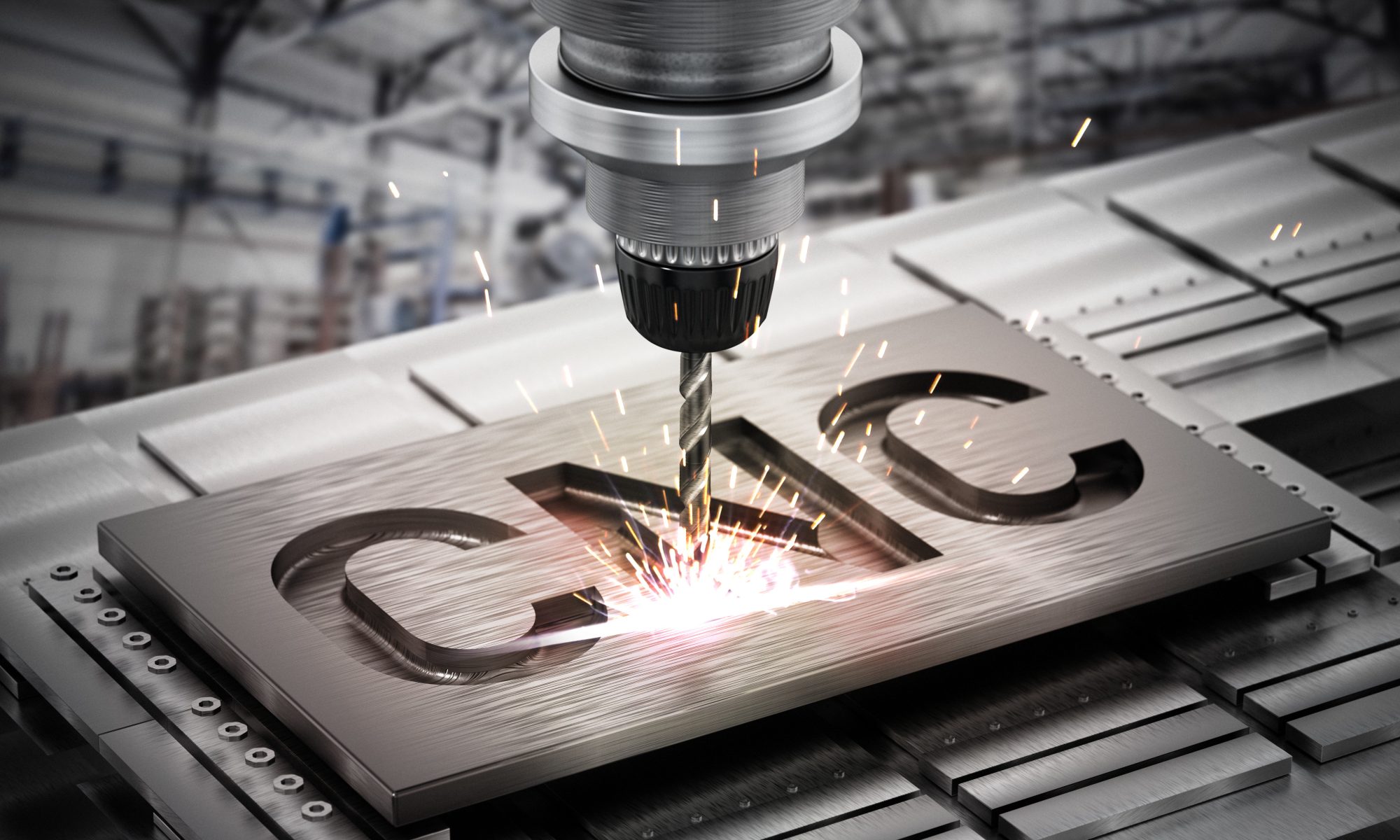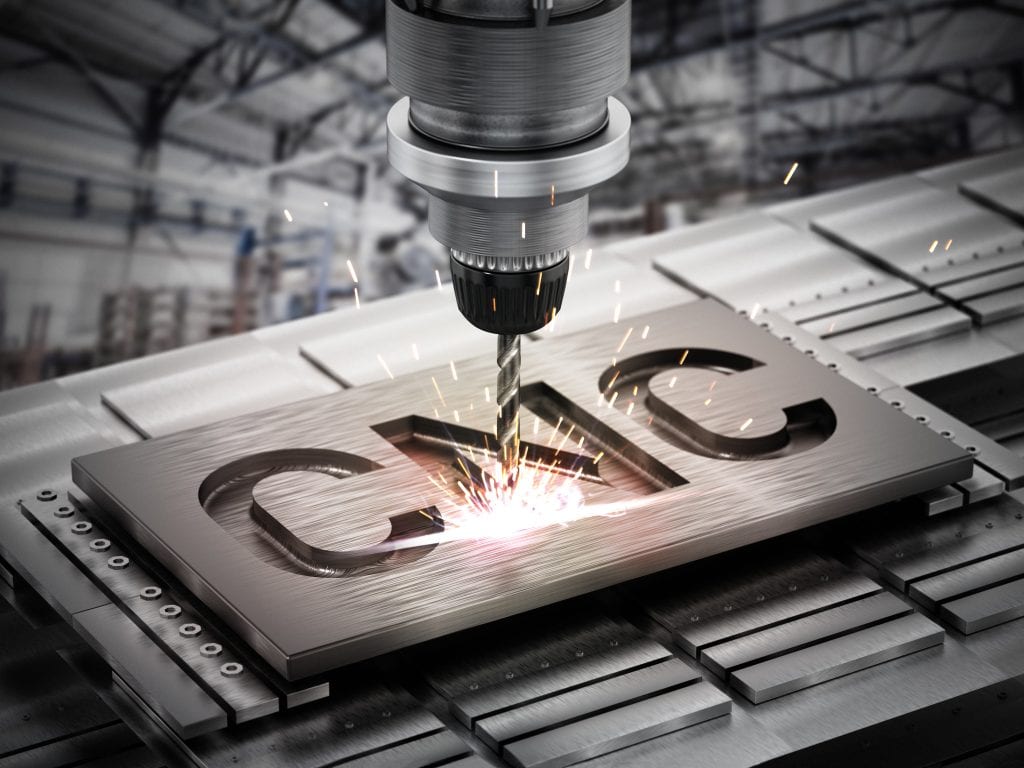
CNC Machining Services Decoded
If you’re new to the manufacturing or precision machining world, there’s a unique alphabet to learn and assimilate. As machining technology evolves, so do the language, skill requirements, and associated competencies of that technology.
In this article, we’ll take a trip through several industry acronyms. We’ll define them for you, and help you understand how you might pursue a career in the leading-edge manufacturing sector of CNC part-making.
At United Scientific, we service the precision machining needs across a wide variety of industries. We are a synergistic partner in projects large and small, with an accuracy rating of 99+ percent. Call us today to begin collaborating on the parts you need to make your business go.
CNC: Computer Numerical Control
Here we go. Let’s begin with the way parts are machined on both large and small scale with Computer Numerical Control manufacturing.
In the machining methods of yesteryear, a person with a tool was responsible for designing and cutting parts to fit into a finished product.Â
Even though the tools in question could use automation to a degree in a production line, a person or team was responsible for manually telling the device what to do and how to do it. Directions for metal or other base material cutting and machining were manually entered into the cutting process.Â
This type of implementation meant higher personnel costs, lower product accuracy, and potential limits on large scale projects.
With the advent of CNC manufacturing, a computer software program translates design specs from another program into numbers that cutting machines can read. The numbers correspond to a three-dimensional graph (picture a grid) and direct the tool to make precision cuts in whatever material is being shaped.Â
The cutting machine applies the grid numbers to the cuts it makes in the base material and creates a highly accurate cut without human intervention beyond the original coding for the part.
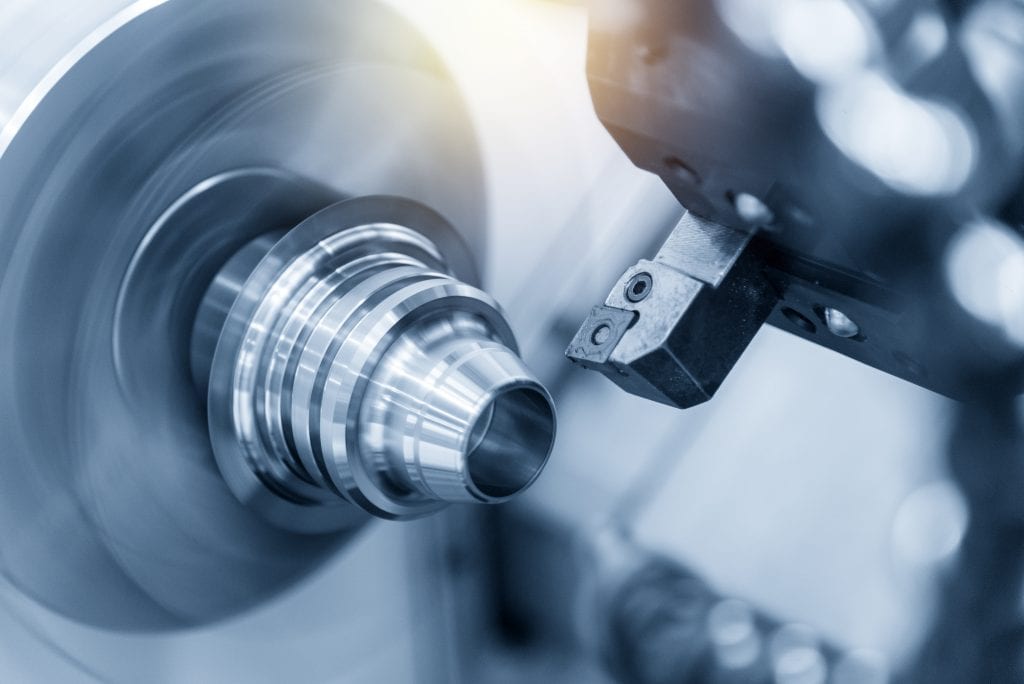
CNC Machines
CNC cutting machines come in many shapes and sizes. Here are a few that we commonly see in today’s factories:
- Mills: a piece of material moves past a spinning, stationary blade that slices off portions of the ‘blank†as it moves by. A CNC mill can cut in three dimensions.
- Lathes: In this application, the material to be cut is placed on a spindle and spins at high speed. A stationary blade slices chips of the material as it rotates. An example of a product that’s precision-cut by a lathe is a chess game piece.
Machining a piece of material on a lathe is called “turning.†Lathes are a little less flexible that mills, in that they cut in only two dimensions. However, they come in many variations and remain incredibly functional in CNC manufacturing.
- Routers: A variation on a mill that cuts wood exclusively
- Plasma cutters, waterjets, and lasers: all are used to cut flat materials like sheets of metal or plastic
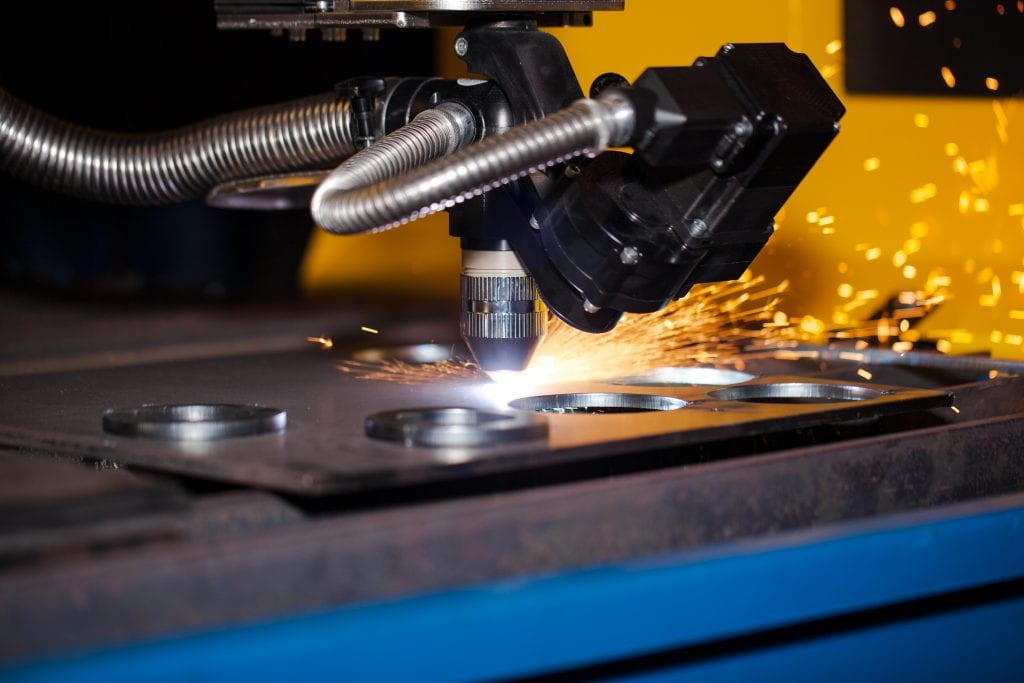
CAD and CAM: the software that makes CNC happen.
We can’t discuss CNC manufacturing without also defining CAD and CAM programs. CAD means Computer-Aided Design. CAM means Computer-Aided Manufacturing. CAD and CAM are the drivers for many CNC functions.Â
When a product is in the design phase, a CAD designer crafts the shape, size, and specs for the product in the CAD software program.Â
Once the CAD program creates the product, it must be translated into G-code. G-code is a programming language that CNC machines understand and use to direct the cuts they make into a block or sheet of material.
Are humans still required to mass-produce products?
Today, many manufacturing machines require different kinds of supervision by humans. That’s where our career discussion begins.Â
Gone are the days of large teams of people working on lines and supervising quality. Now, computers tell the machines what to do with greater precision and efficiency.Â
There is plenty of human involvement in manufacturing, but it’s at a different level.
The jobs associated with making things center in telling the machines what to do. Translating CAD language into G-Code that cutting devices can read is one example of a machining career path.
Design work in CAD and CAM programs is another production profession. Teaching and training other people computer-based programming and design is also an essential career path in the manufacturing sector.
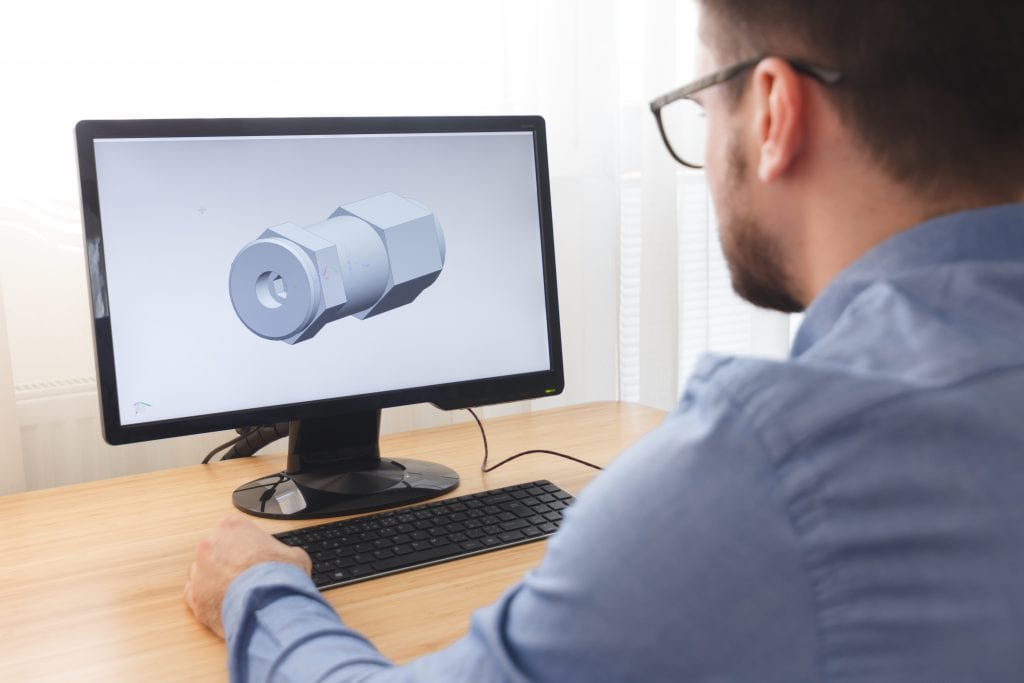
Production Jobs and Salaries
In today’s production sector, it pays to have technical knowledge and skills. Four of the top nine manufacturing jobs in the US today include:
- Mechanical Engineer: A person who designs, researches, builds, tests, and inspects mechanical devices. This job pays an average salary range of $64-$89K per year and requires the most education. A Bachelor’s or Master’s degree is the norm.
- Instrument Technician: Someone who inspects, repairs, monitors, and calibrates machining devices. This role requires a high school diploma, but an associate’s degree or higher may be preferred. The salary range is for an Instrument Tech is $40-$62K per year.
- CAD or CAM Draftsman: These are the designers for parts and products. Technical drawing, listening, and collaboration are skills a draftsman must have. You’ll be working extensively with engineers, architects, and product manufacturers. A CAD certificate or associates degree is required. A typical salary range is $37-$49K per year.
- Quality Control Inspector: These employees perform spot checks on products to make sure they are maintaining consistent quality and accuracy. As an inspector, you’re responsible for making sure the parts produced in the CNC process are a precise and consistent fit for the client’s requirements. A job like this requires a high school diploma and sometimes an Associate’s degree. A typical salary for an inspector is $29-$41K per year.
At United Scientific, Inc., we pride ourselves on our collaborations. We partner with large companies to fill part orders from small to large, with incredible accuracy at greater than 99 percent.Â
Our clients know they’ll get quality precision-made parts with each order they place. We deliver on time at competitive pricing. We service our clients with professionalism and reliability every time. Call us or visit our website to get started planning your next precision part order.

